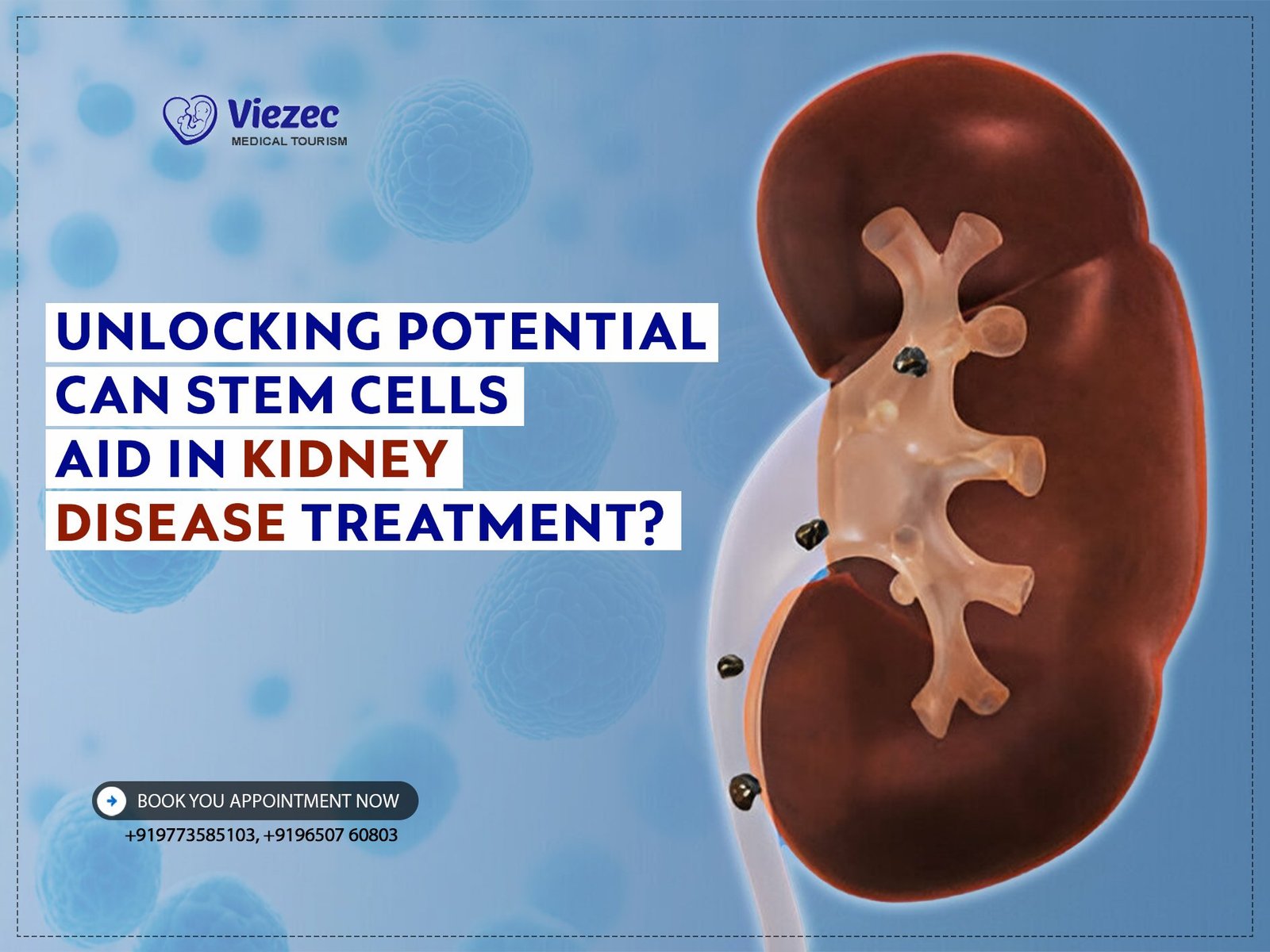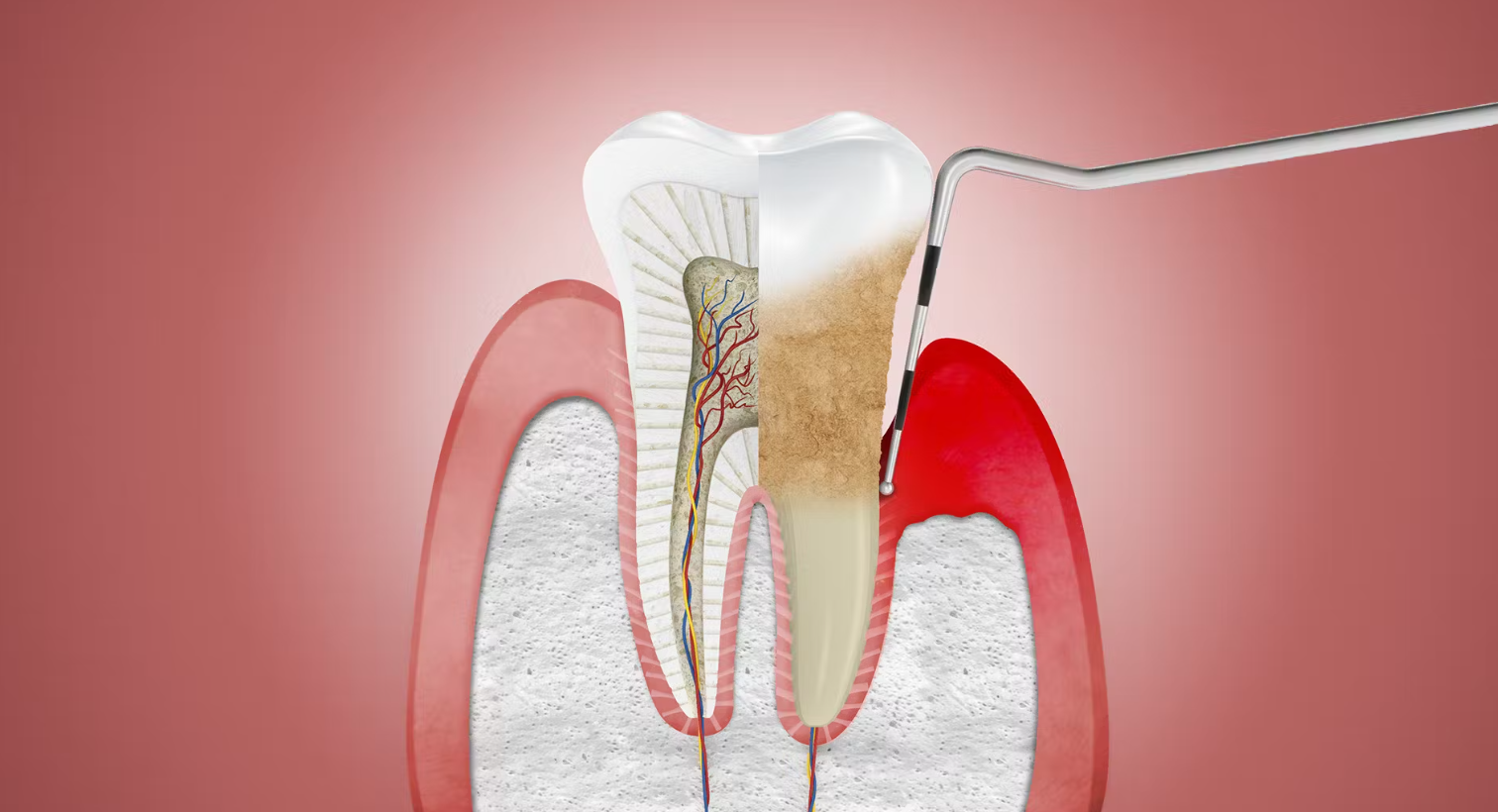In the realm of medical science, breakthroughs are constantly pushing the boundaries of what is possible. One such revolutionary treatment that has gained significant attention is Peripheral Blood Stem Cell (PBSC) treatment. This cutting-edge therapy holds immense promise in the field of regenerative medicine, offering hope for patients with various debilitating conditions. This article delves into the intricacies of PBSC treatment, its applications, and the role it plays in transforming the landscape of modern healthcare.
Understanding Peripheral Blood Stem Cells
Definition and Characteristics
Peripheral Blood Stem Cells, often referred to as hematopoietic stem cells, are a type of undifferentiated cell found in the bloodstream. These cells have the unique ability to develop into various specialized blood cells, including red blood cells, white blood cells, and platelets. The regenerative potential of these cells makes them a valuable resource for treating a range of medical conditions.
Collection Process
One of the key aspects of PBSC treatment is the collection of these stem cells. Unlike other types of stem cells, PBSCs can be easily harvested from the peripheral blood, eliminating the need for invasive procedures. The collection process typically involves the administration of medications to stimulate the production of stem cells, followed by their extraction through a procedure known as apheresis.
Applications of Peripheral Blood Stem Cell Treatment
Hematological Disorders
One of the primary applications of PBSC treatment is in the management of various hematological disorders. Conditions such as leukemia, lymphoma, and myeloma, which affect the blood and bone marrow, can benefit significantly from the regenerative capabilities of peripheral blood stem cells. The transplantation of healthy stem cells can help restore normal blood cell production and function.
Autoimmune Diseases
PBSC treatment has also shown promise in the treatment of autoimmune diseases. Conditions like multiple sclerosis, rheumatoid arthritis, and systemic lupus erythematosus involve an overactive immune system attacking the body’s own tissues. By resetting the immune system through the infusion of peripheral blood stem cells, there is a potential to mitigate the autoimmune response and alleviate symptoms.
Cardiovascular Diseases
Emerging research suggests that PBSC treatment may play a role in addressing cardiovascular diseases. The regenerative properties of stem cells could contribute to the repair of damaged heart tissue after a heart attack or in chronic conditions such as heart failure. While this area of application is still in its early stages, the potential is captivating for researchers and clinicians alike.
Procedure: A Step-by-Step Overview
Patient Evaluation
Before undergoing PBSC treatment, patients undergo a comprehensive evaluation. This includes assessing their overall health, the specific condition being treated, and the suitability of PBSC therapy based on individual factors.
Mobilization and Collection
Once a patient is deemed eligible for PBSC treatment, mobilization begins. This involves the administration of medications to stimulate the release of stem cells from the bone marrow into the bloodstream. Subsequently, the patient undergoes apheresis, a non-invasive procedure where blood is drawn, stem cells are separated, and the remaining blood components are returned to the patient.
Conditioning and Transplantation
In cases where PBSC treatment involves stem cell transplantation, a conditioning regimen is often employed. This may include chemotherapy or radiation to prepare the patient’s body for the incoming stem cells. The harvested stem cells are then infused into the patient’s bloodstream, where they migrate to the bone marrow and begin the process of engraftment.
Recovery and Follow-Up
Post-transplantation, patients enter a critical phase of recovery. Monitoring for potential complications, managing side effects, and supporting the patient’s overall well-being are integral aspects of post-treatment care. Follow-up appointments and ongoing assessments ensure the success and long-term efficacy of PBSC treatment.
Challenges and Considerations
Graft-versus-Host Disease (GVHD)
One of the primary challenges associated with stem cell transplantation, including PBSC treatment, is the risk of graft-versus-host disease. This occurs when the transplanted stem cells recognize the recipient’s tissues as foreign and mount an immune response against them. Efforts to mitigate GVHD include careful matching of donor and recipient, immunosuppressive medications, and ongoing research into novel therapeutic approaches.
Ethical and Legal Considerations
The use of stem cells, including peripheral blood stem cells, raises ethical and legal considerations. Issues such as consent, the sourcing of stem cells, and the potential for commercialization require careful scrutiny. Striking a balance between advancing medical science and ensuring ethical standards is an ongoing dialogue in the field.
Global Perspectives on Peripheral Blood Stem Cell Treatment
Research and Innovation
The landscape of PBSC treatment is marked by global collaboration and innovation. Researchers and clinicians around the world are contributing to the advancement of this therapeutic approach. Clinical trials are underway to explore new applications, refine existing protocols, and enhance our understanding of the long-term effects of PBSC treatment.
India’s Role in Advancing Stem Cell Research
India, with its burgeoning biotechnology and healthcare sectors, has emerged as a key player in advancing stem cell research, including PBSC treatment. The country’s rich pool of scientific talent, coupled with a diverse patient population, provides a fertile ground for conducting meaningful research and clinical trials.
Clinical Trials and Treatment Centers in India
Several renowned medical institutions and research centers in India are actively involved in conducting clinical trials related to PBSC treatment. These trials encompass a spectrum of medical conditions, from hematological disorders to autoimmune diseases. The outcomes of these trials not only contribute to the global body of knowledge but also offer new hope to patients in India and beyond.
Future of Peripheral Blood Stem Cell Treatment
Advancements in Precision Medicine
As the field of precision medicine continues to evolve, so does the potential for personalized PBSC treatment. Tailoring therapy to an individual’s genetic makeup, medical history, and specific condition holds the promise of optimizing treatment outcomes and minimizing risks.
Integration with Other Therapies
Researchers are exploring the synergies between PBSC treatment and other therapeutic modalities. Combinations of stem cell therapy with gene editing techniques, immunotherapies, and small molecule drugs are being investigated to create comprehensive and targeted treatment approaches.
Expanding Access to Treatment
While PBSC treatment has shown remarkable success, access to this therapy remains limited in some regions due to factors such as cost and infrastructure. Efforts to address these barriers, including the development of more cost-effective protocols and the establishment of treatment centers in underserved areas, are crucial for ensuring equitable access to this transformative therapy.
Make an informed Decision
Peripheral Blood Stem Cell treatment represents a paradigm shift in the landscape of regenerative medicine. From its applications in hematological disorders to its potential in addressing autoimmune diseases and cardiovascular conditions, the versatility of PBSC treatment holds immense promise for patients worldwide. As research continues to unravel the complexities of stem cell biology and clinical trials pave the way for new therapeutic avenues, the future of PBSC treatment looks bright.
In India, where scientific innovation converges with a diverse and dynamic healthcare landscape, contributions to stem cell research, including PBSC treatment, are making significant strides. Collaborative efforts on a global scale, coupled with advancements in precision medicine, are propelling the field forward.









